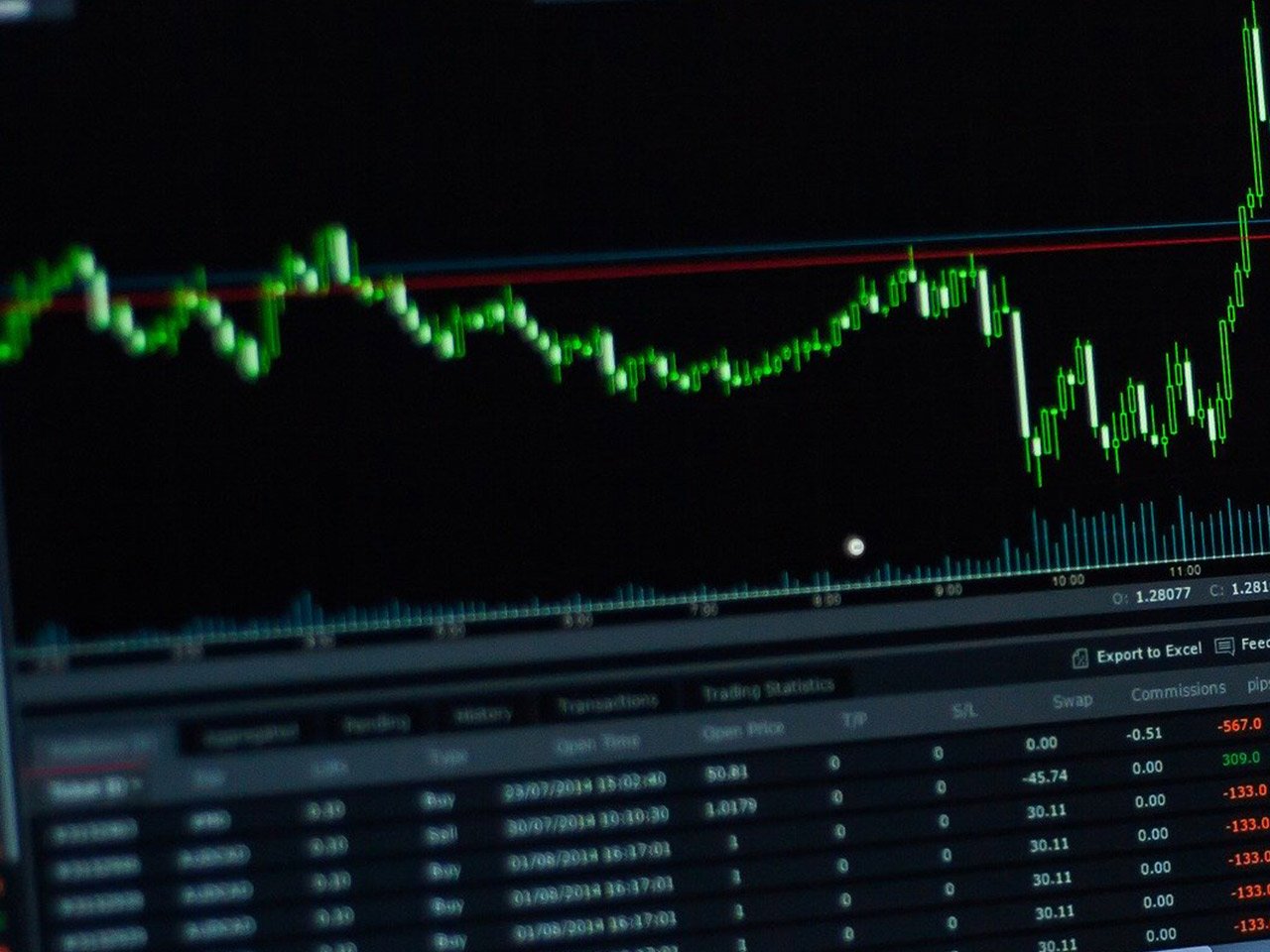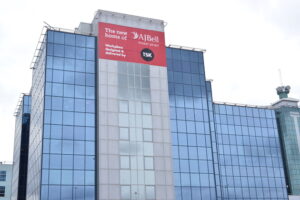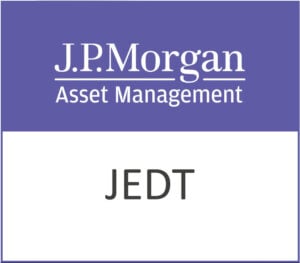ASOS Plc (ASC.L), a cornerstone of the online fashion retail sector, has long been a favourite for fashion-conscious consumers globally. The company, headquartered in London, serves a vast market that spans the United Kingdom, the European Union, the United States, and beyond. Yet, recent financial data points to a challenging landscape that investors must scrutinise carefully.
Currently trading at 314.5 GBp, ASOS’s share price reflects a minor decline of 0.02%, despite a broad 52-week range of 230.00 to 446.00 GBp. This variance underscores the stock’s volatility and the potential for both risk and reward. With a market capitalisation of $374.84 million, ASOS remains a notable player in the consumer cyclical sector, particularly within the internet retail industry.
However, the company’s financial metrics paint a complex picture. The absence of a trailing P/E ratio, coupled with a forward P/E ratio of -1,359.12, indicates significant challenges in profitability. These figures, alongside an EPS of -2.47 and a return on equity of -62.59%, highlight ongoing struggles in generating positive earnings and returns. Moreover, a revenue growth decline of 13.70% further emphasises the hurdles ASOS faces in maintaining its market position amidst evolving consumer preferences and competitive pressures.
Despite these challenges, ASOS maintains a substantial free cash flow of £106.68 million. This liquidity could provide a buffer and enable strategic investments or operational adjustments necessary to navigate the current market environment. However, the lack of dividend yield and payout ratio suggests a focus on reinvestment rather than direct shareholder returns at this juncture.
From an analyst perspective, ASOS holds a mixed outlook. With five buy ratings, seven hold ratings, and four sell ratings, sentiment remains divided. The target price range of 220.00 to 790.00 GBp, with an average target of 395.17 GBp, indicates a potential upside of 25.65%. This suggests that while there are risks, there is also an opportunity for appreciation if ASOS can implement effective strategies to revitalise its performance.
Technical indicators also offer insights into the stock’s current standing. The 50-day moving average of 316.97 and a 200-day moving average of 339.10 suggest a stock trading below longer-term trends, often a sign of cautious investor sentiment. The RSI (14) at 60.69 indicates neither an overbought nor oversold condition, while the MACD and Signal Line figures hint at potential shifts in momentum.
ASOS’s expansive brand portfolio, including ASOS Design, Topshop, and Miss Selfridge, among others, remains a significant asset. The company’s ability to leverage these brands through innovative marketing and effective supply chain management will be critical to its future success.
For investors, ASOS represents a complex but intriguing prospect. The company’s ability to adapt to changing market dynamics, enhance profitability, and leverage its brand strength will determine its trajectory in the highly competitive online fashion retail landscape. As ASOS navigates these challenges, investors should monitor its strategic initiatives and financial performance closely.










































